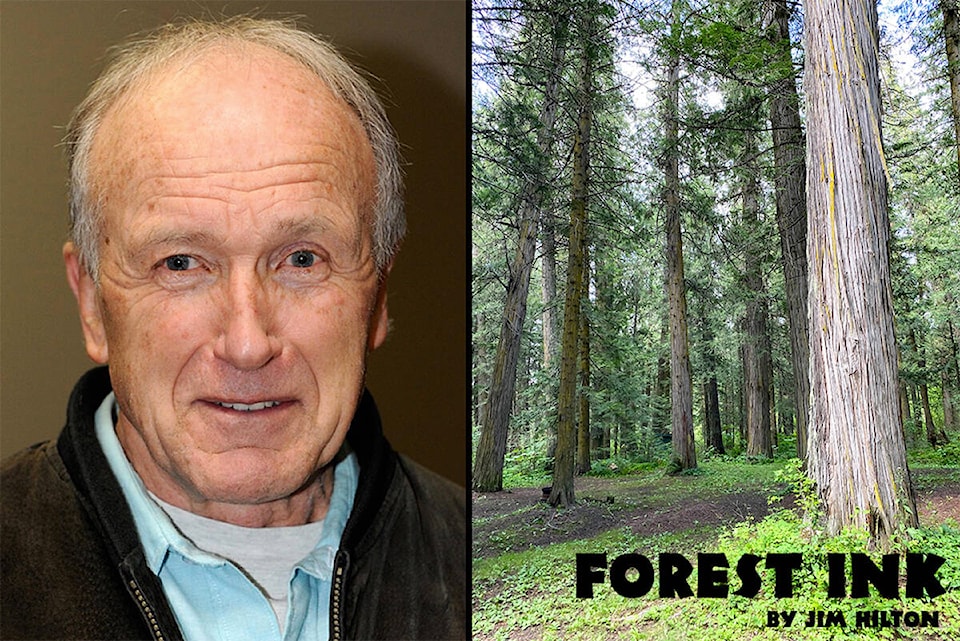A number of events in the last few years have got me thinking I should be turning more of my forest land into fields that could be cultivated by the tractor and discs so I could grow vegetables and fodder for domestic animals if I decide to get some livestock.
While I have cut some trees, my small fields were made between the existing forest in some open grassland areas, which are restricted by tree roots and some fairly large rocks.
In my original fenced garden plots next to the house, I have finally produced some decent-sized vegetables using raised beds along with biochar and organic matter from kitchen waste and old round hay bales.
It has been tempting to make larger plots below the house that could be cultivated to produce a larger quantity of produce for freezing and canning, but so far, I have stayed with a forest garden approach with more perennials scattered throughout my existing forest communities.
One of my coffee buddies, Barry Jenkins, loaned me a very interesting book that provides lots of ideas about a wide variety of plants (mostly trees ) that could allow me to concentrate on a permaculture approach.
The Global Forest by Diana Beresford Kroger contains 175 pages packed into 40 short stories, usually only four pages long. She was raised in Ireland, trained as a botanist and medical biochemist, and is an expert on the medicinal, environmental and nutritional properties of trees.
With three previous books to her credit, she now resides in Ontario, surrounded by her research gardens filled with rare and endangered species. As described on the jacket cover of the book, it deals with ethnobotany, horticulture, spirituality, and alternate medicine. She provides examples of how trees not only breathe and communicate they also reproduce, provide shelter, medicine and food, and connect disparate elements of the natural world.
The author describes in great detail the amazing ways plants can provide many of the necessities of life, especially for future generations in a world that has been severely impacted by eight billion humans. She also provides details on the preparation and use of many products from a wide variety of plants. Many plants you may recognize are elderberry, hawthorn, hickory, walnut, chestnuts and pine nuts, while others are more exotic like pawpaw.
It may take me some time to see if there are varieties suited to our growing conditions, but the information provided is useful for experimenting with the abundance of plants from around the world.
The author ends with a hopeful prediction about future generations. “The children are already reaching for something else, something that is colour-blind to race. It is called dignity, the dignity of life, all life. “
I was informed last week that I was missing a reference to the ways squirrels may increase litter size in anticipation of a bumper crop of cones. The reference was from Northern Woodlands entitled High Hanging Fruit Boom and Bust Seed Crops of Conifers by Susan C. Morse.
Another informative article was by Michael Steele and Xianfeng Yi entitled Squirrel-seed Interactions which describes the evolutionary strategies and impact of squirrels as both predators and seed dispersed.
Read More: FOREST INK: Pests or just another farmer?
Do you have something to add to this story, or something else we should report on? Email: rebecca.dyok@quesnelobserver.com
Like us on Facebook and follow us on Twitter.
